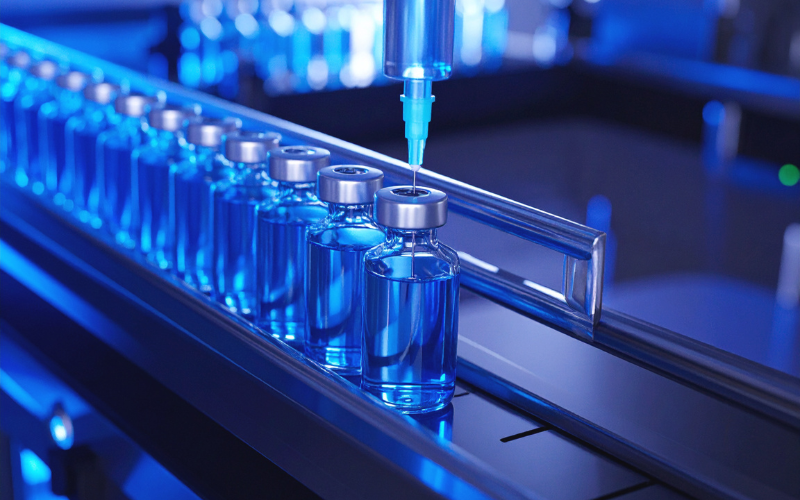Introduction: Robotics Driving Innovation in Healthcare
Robotics is revolutionizing the med-tech industry, providing unparalleled precision, efficiency, and improved patient outcomes. From minimally invasive surgeries to rehabilitation and hospital automation, robotic technologies are reshaping healthcare. This article explores the diverse applications of robotics in med-tech and how they are transforming patient care.
1. Robotics in Surgery: Enhancing Precision and Safety
Key Benefits of Robotic-Assisted Surgery
Robotic surgical systems are enhancing surgical outcomes by offering:
- Unmatched Precision: Robots perform delicate procedures with sub-millimeter accuracy.
- Enhanced Visualization: High-definition 3D imaging improves surgical planning.
- Reduced Complications: Minimally invasive techniques lower infection risks and accelerate recovery.
- Consistent Performance: Robots ensure precise, steady movements, reducing variability in procedures.
2. Robotics in Neuro-Rehabilitation: Transforming Stroke Recovery
Restoring Mobility with Robotic Therapy
Robotic rehabilitation devices assist patients in recovering motor function after neurological injuries:
- Repetitive, Controlled Movements: Robots help retrain motor pathways through guided exercises.
- Real-Time Feedback: Sensors track progress and adjust therapy dynamically.
- Enhanced Patient Engagement: Interactive robotic therapy boosts motivation and adherence.
3. Robotics in Orthopedics: Precision in Joint Replacements
Optimizing Joint Surgery Outcomes
Robotic systems are improving orthopedic procedures like hip and knee replacements by:
- Increasing Implant Accuracy: Robots ensure optimal alignment for longer-lasting implants.
- Reducing Recovery Time: Less invasive techniques lead to faster healing.
- Enhancing Surgical Consistency: Robotic-assisted procedures reduce the need for revision surgeries.
4. Robotics in Cardiovascular Procedures: Advancing Heart Surgery
Enhancing Precision in Cardiac Interventions
Robotic platforms are transforming heart surgery by:
- Enabling Minimally Invasive Repairs: Robots perform complex procedures through tiny incisions.
- Improving Access to Difficult Areas: Precision robotic arms reach delicate heart structures.
- Reducing Recovery Times: Patients experience less trauma and faster rehabilitation.
5. Robotics in Hospital Logistics and Patient Care
Optimizing Healthcare Operations with Robotics
Robots are improving hospital efficiency by automating logistical and patient support tasks:
- Medication Delivery: Robots transport drugs, reducing staff workload.
- Specimen Handling: Automated lab robots streamline sample processing.
- Patient Transfers: Robotic systems assist in moving patients safely.
6. Challenges and Future of Robotics in Med-Tech
Challenges:
- High Initial Costs: Robotics require significant investment in acquisition and maintenance.
- Training Needs: Surgeons and clinicians must undergo specialized training to operate robotic systems.
- Regulatory Compliance: Strict medical regulations slow down adoption.
Future Trends:
- AI-Integrated Robotics: AI-enhanced robots will improve surgical precision and adaptability.
- Portable Robotic Systems: Compact and affordable robotics will enhance accessibility.
- Tele-Robotic Surgery: Remote-controlled robotics will enable advanced surgical procedures in underserved regions.
Conclusion: The Future of Robotics in Med-Tech
Robotic technologies are not just improving healthcare—they are redefining medical possibilities. By enhancing precision, streamlining recovery, and optimizing hospital operations, robotics is leading med-tech into a new era of efficiency and innovation.





